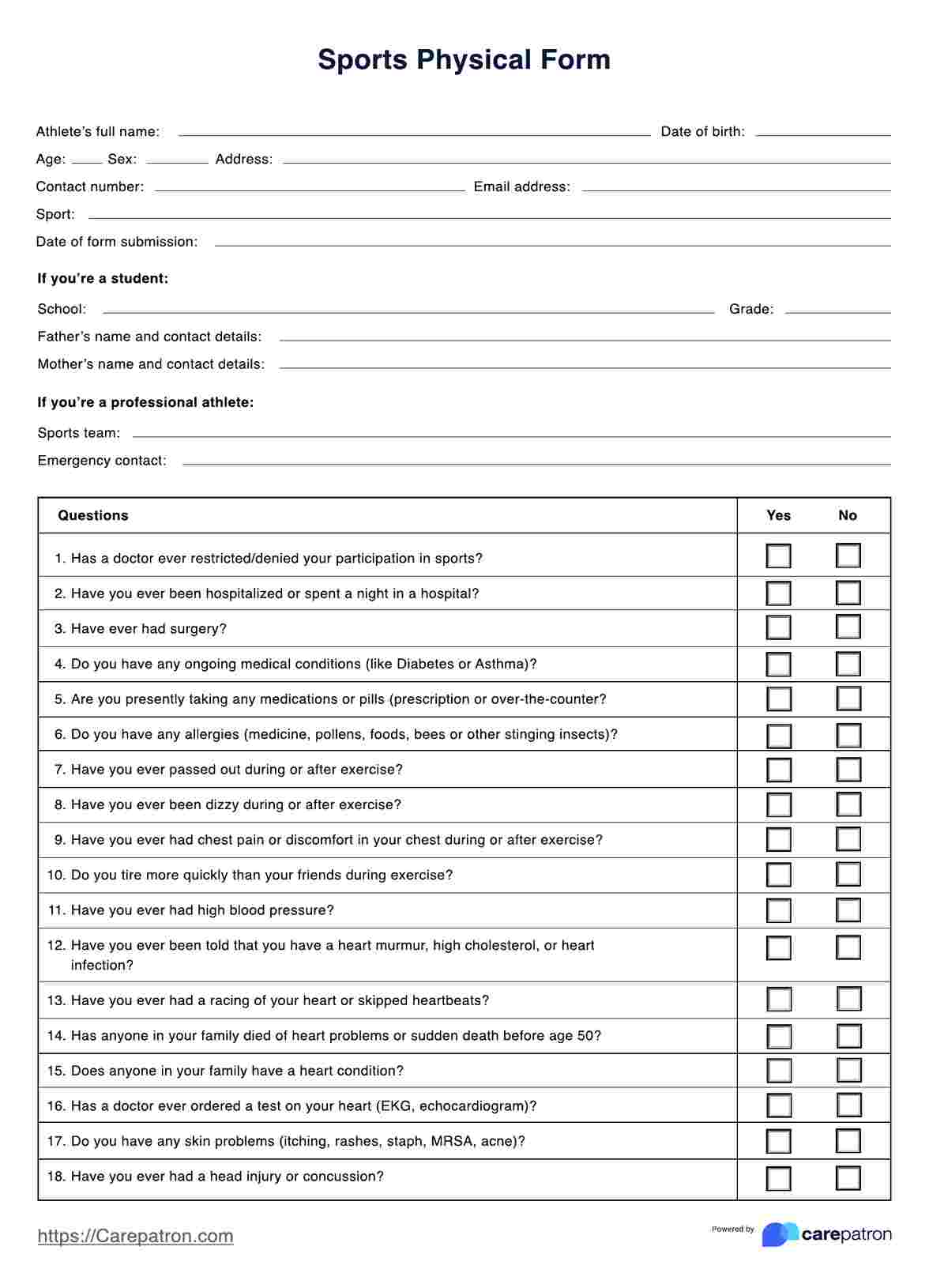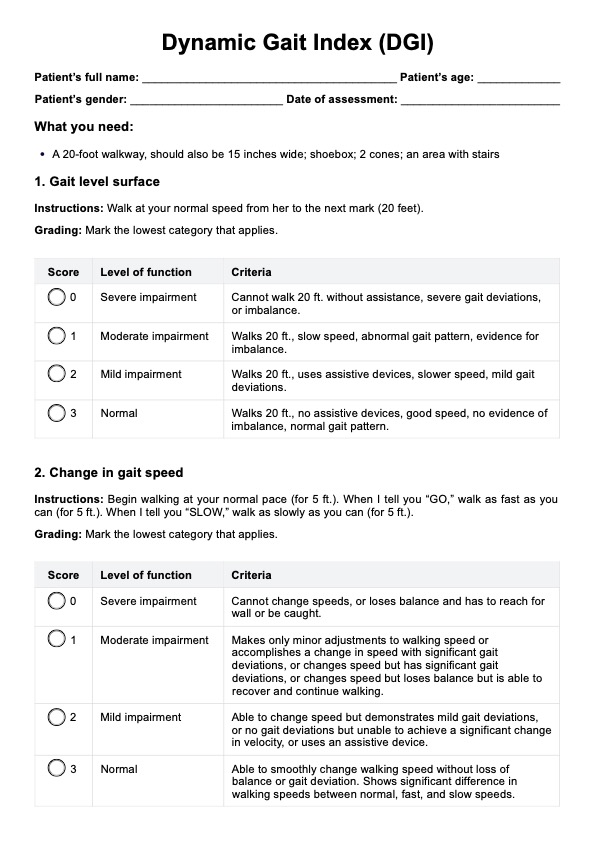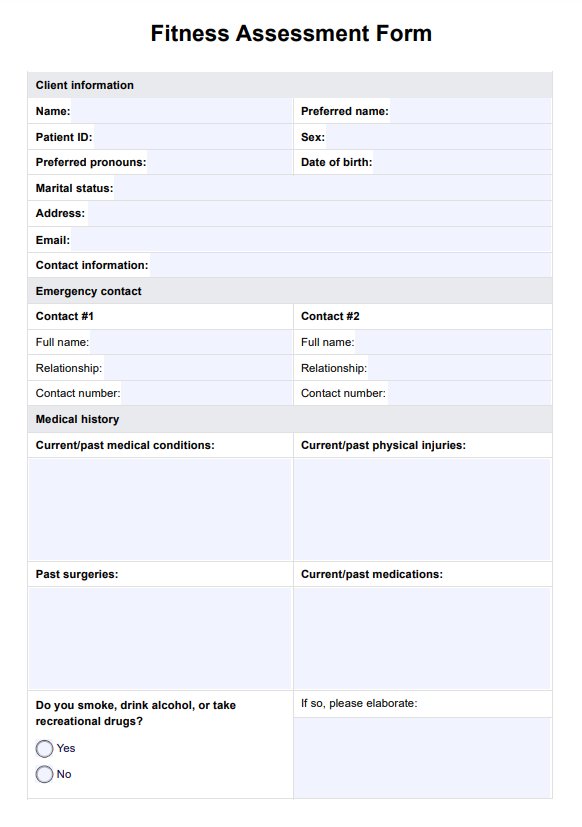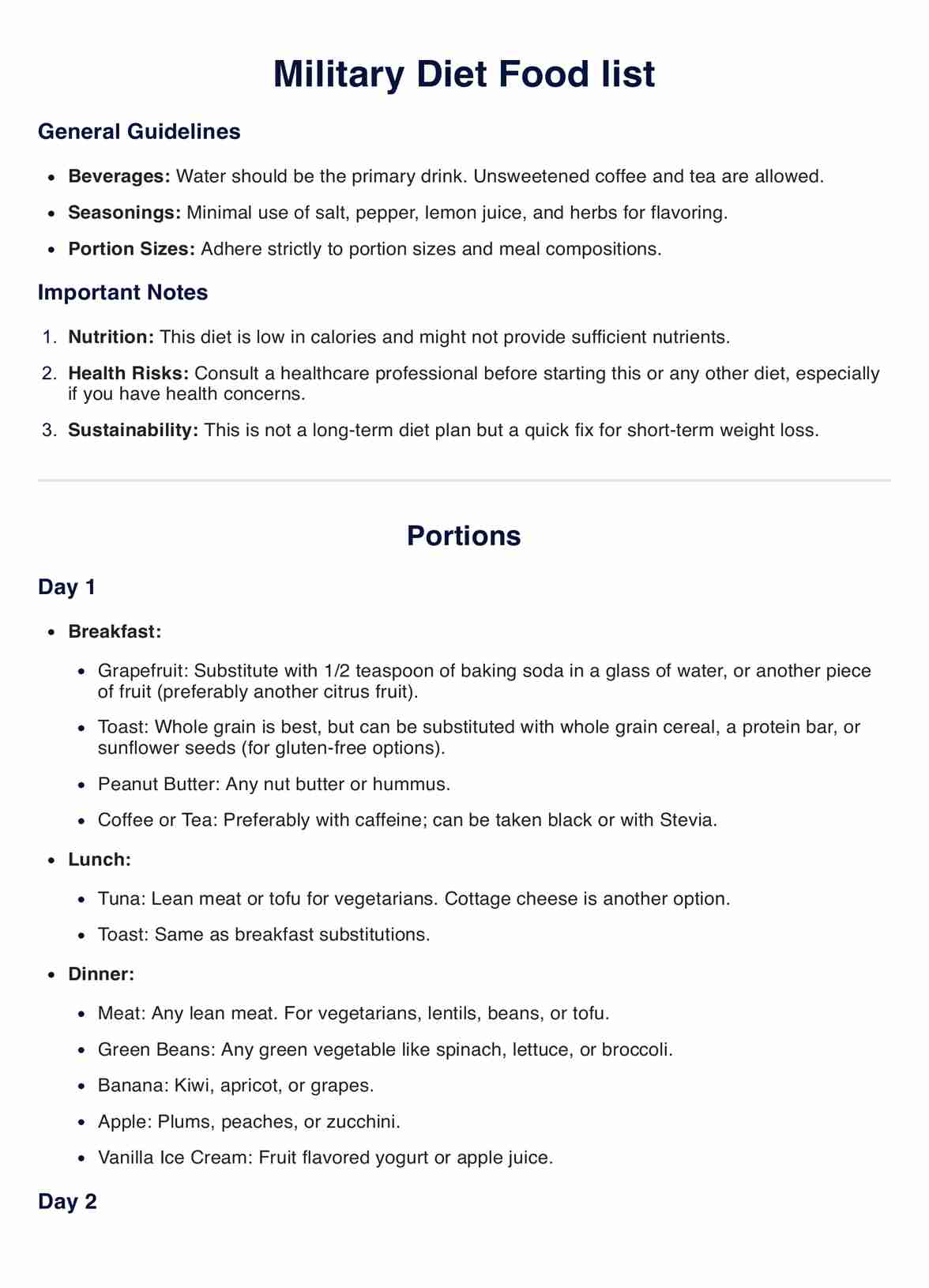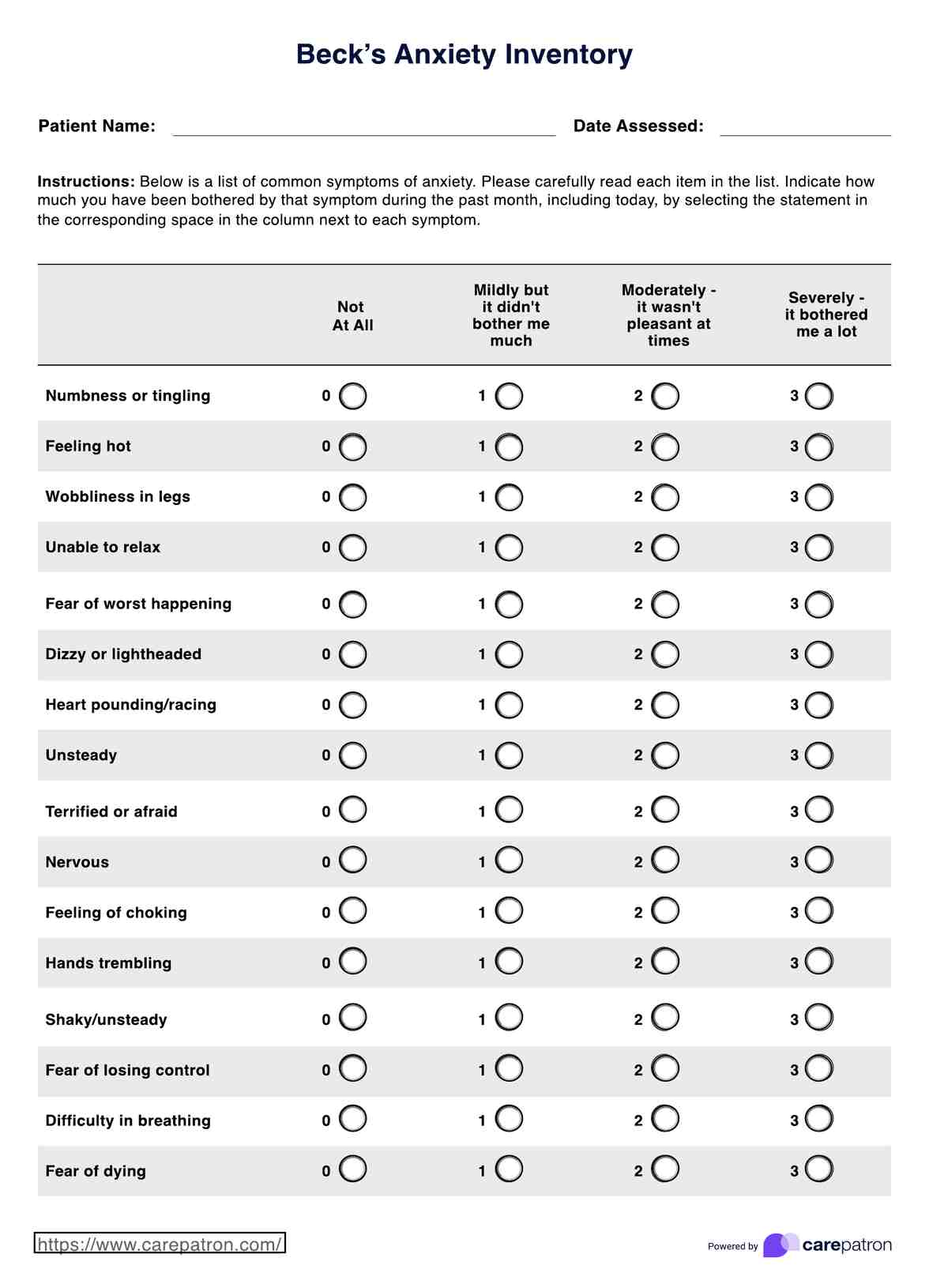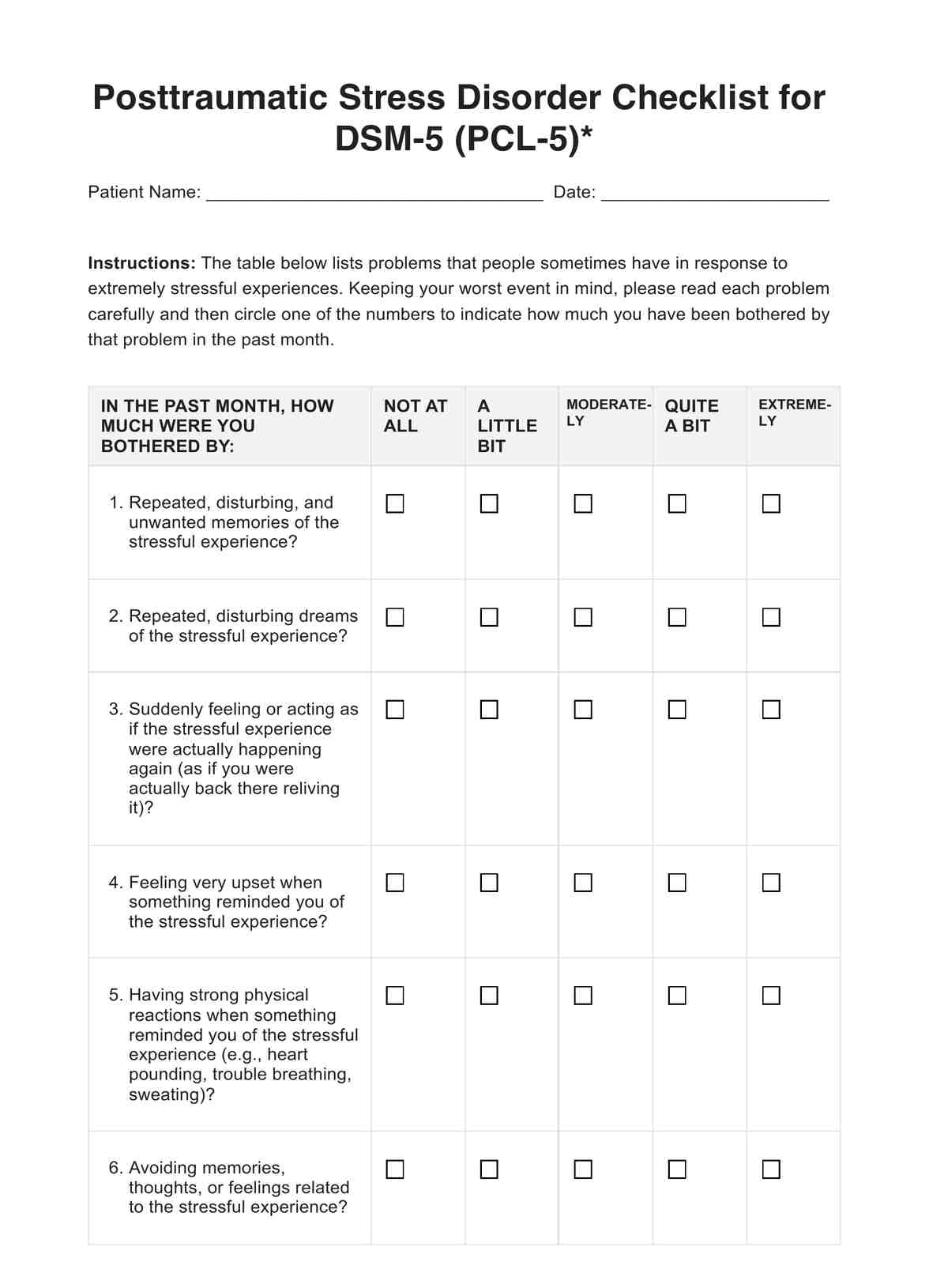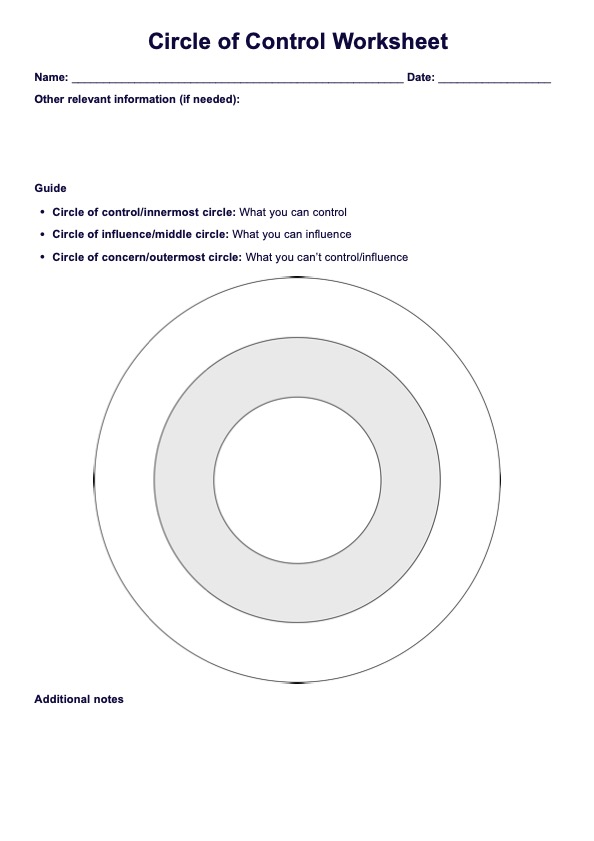Load and Shift Test
Find out what a Load and Shift Test is and how to use it. Download our free PDF guide and read through the example to learn more.


What is a Load and Shift Test?
The shoulder joint is an incredibly complex piece of machinery, capable of doing some amazing things. It's one of the most mobile joints in the body, allowing for a wide range of movement and enabling us to perform everyday tasks like reaching for something or throwing a ball. The shoulder joint must be strong and flexible to keep up with all that activity.
The is a simple test to assess shoulder strength, flexibility, coordination, balance, and stability. It evaluates how well the shoulder can move in different positions when loaded with weight. The test also helps diagnose problems like bursitis or rotator cuff impingement.
Check out this video to see how the Load and Shift Test is performed:
Load and Shift Test Template
Load and Shift Test Example
How does this Load and Shift Test work?
Our free Load and Shift Test provides an easy-to-follow guide so you can perform the test accurately and get results in minutes. Here's how to get started:
Step One: Download the template
Get a copy of the Load and Shift Test using the link on this page. You can also access it from the Carepatron app or our resources library.
Step Two: Explain how it works
Discuss how the exam works with your patient. Ensure they know the purpose of the test and what it involves.
Step Three: Perform the exam
Use the instructions laid out in the guide to administer the test. Make sure the patient is comfortable and able to follow your instructions.
Step Four: Record the results
Fill in the template with your patient's results, then save it for future reference. You can use this data to assess their progress and plan future treatment.
Load and Shift Test Interpretation
The Load and Shift Test is a simple way to assess how well your patient moves and the strength of their muscles. It evaluates mobility by looking at how they can move under tension or load.
The test results will tell you if your patient can move in a smooth and fluid fashion or if their motion is restricted due to tightness or weakness. This is a good measure of the overall condition of the patient's shoulder joint and can help determine the best treatment plan.
When interpreting the results of the Load and Shift Test, it is essential to consider the patient’s age, level of fitness, and overall health. Some individuals may have difficulty maintaining stability or completing the range of motion due to tightness or weakness. Other individuals may have difficulty moving under load due to a lack of strength, endurance, or coordination.
It is also important to pay attention to the patient’s response during the test. If a patient experiences pain or discomfort, it could indicate a problem in the shoulder joint or surrounding tissues.
When to use this Load and Shift assessment?
This specific type of physical exam is most useful when assessing mobility and stability in the shoulder joint and any associated muscles, ligaments, and tendons. You can also use this exam to:
Monitor for any decrease in range of motion
The Load and Shift Test can help you identify any decrease in range of motion that may have occurred due to an injury or other medical condition. This is important information as it can help you determine the best treatment or rehabilitation plan for your patient.
Identify any pain points or areas of tightness
If your patient is experiencing any pain or tightness in their shoulder joint, the Load and Shift Test can help pinpoint which specific areas may be affected. By applying pressure at different points around the shoulder, you can better understand where the pain or tightness comes from and what may contribute to it.
Assess the patient’s posture and balance
Examining the patient’s shoulder joint posture and balance can gain valuable insight into their condition. This can help you understand the range of motion they have in their shoulder, any functional impairments, and the stability of their shoulder joint.
Look for any asymmetrical movements or compensatory patterns
Specific movements or compensatory patterns can indicate a shoulder injury. By looking for these, you can create a clearer picture of the patient’s condition and what may cause their shoulder pain.
Who are these Load and Shift Test PDF for?
This Load and Shift Test PDF is designed for the following medical professionals:
- Physiotherapists
- Physical therapists
- Shoulder specialists
- Occupational therapists
- Rehabilitation medicine specialists
- Nurses
- Primary care doctors
It can also be used to educate medical students and any other healthcare professionals involved in diagnosing and treating shoulder injuries.
.png)
Benefits of free Load and Shift Test
This free Load and Shift Test template offers healthcare professionals and patients many benefits. Here are some of these:
It's easy to use
This PDF is designed to be easy to use, with clear instructions that make it simple for any healthcare professional to follow.
It offers quick and accurate results
The Load and Shift Test can be completed quickly, with the results available almost immediately. And because the test is highly reliable, you can be confident in its accuracy.
It's fully digital
The Load and Shift Test template is entirely digital, so there's no need for physical forms or paperwork. This makes storing, accessing, and sharing the results with other healthcare professionals easier.
It helps patients feel in control of their treatment
The Load and Shift Test helps patients understand their condition better by providing clear information about how it affects them. This enables them to take an active role in their rehabilitation process and allows them to feel more in control.
It ensures improved patient-doctor communication
The Load and Shift Test allows healthcare professionals to assess a patient's condition accurately and track any changes or progress. This increased transparency helps ensure better communication between the patient and their healthcare provider, resulting in more effective treatment outcomes.
Commonly asked questions
The Load and Shift Test doesn't have a scoring system but objectively assesses a patient's condition. This can help inform treatment decisions and be used by healthcare professionals as part of the overall care plan.
The Load and Shift Test measures the shoulder joint's stability and diagnoses any underlying conditions such as shoulder dislocation, labral tear, and ligament injury. It can also be used to assess the shoulder joint's range of motion and identify any tightness in the shoulder muscles.
Between-session reliability measures consistency between two Load and Shift tests performed simultaneously. The higher the between-session reliability, the more consistent the results of the tests will be. This is important because it allows clinicians to accurately assess a patient's progress and make informed decisions about their treatment.


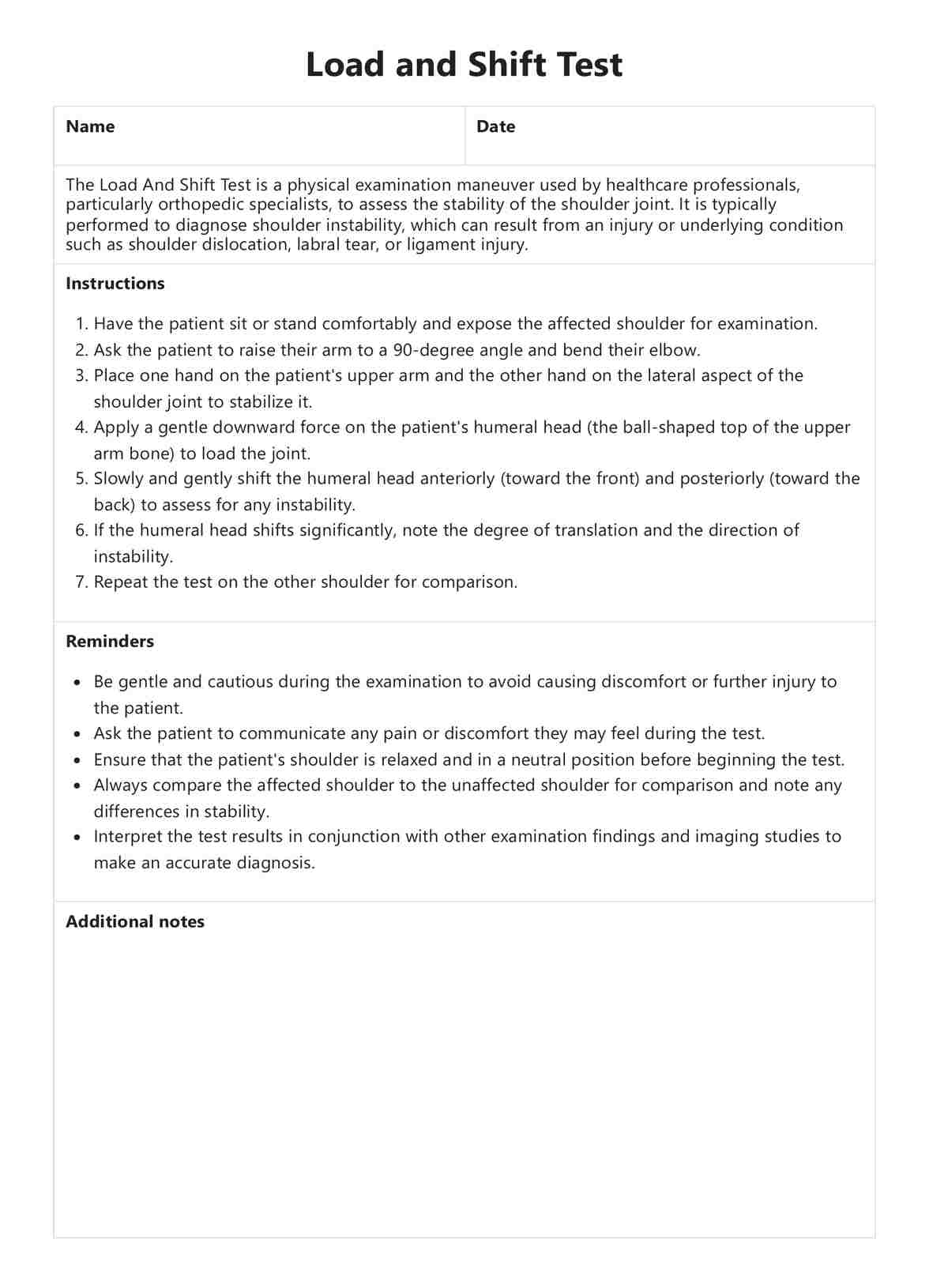
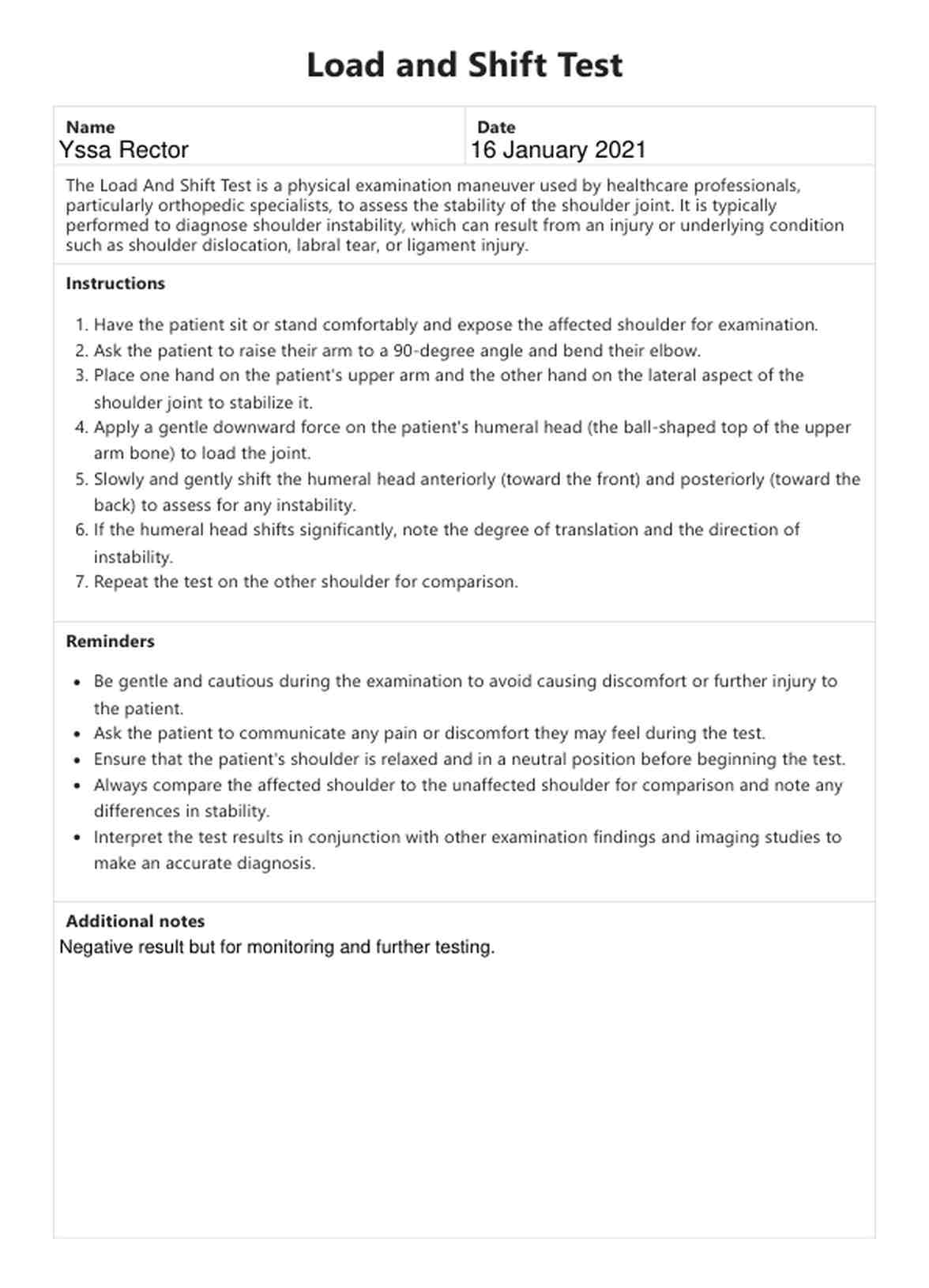

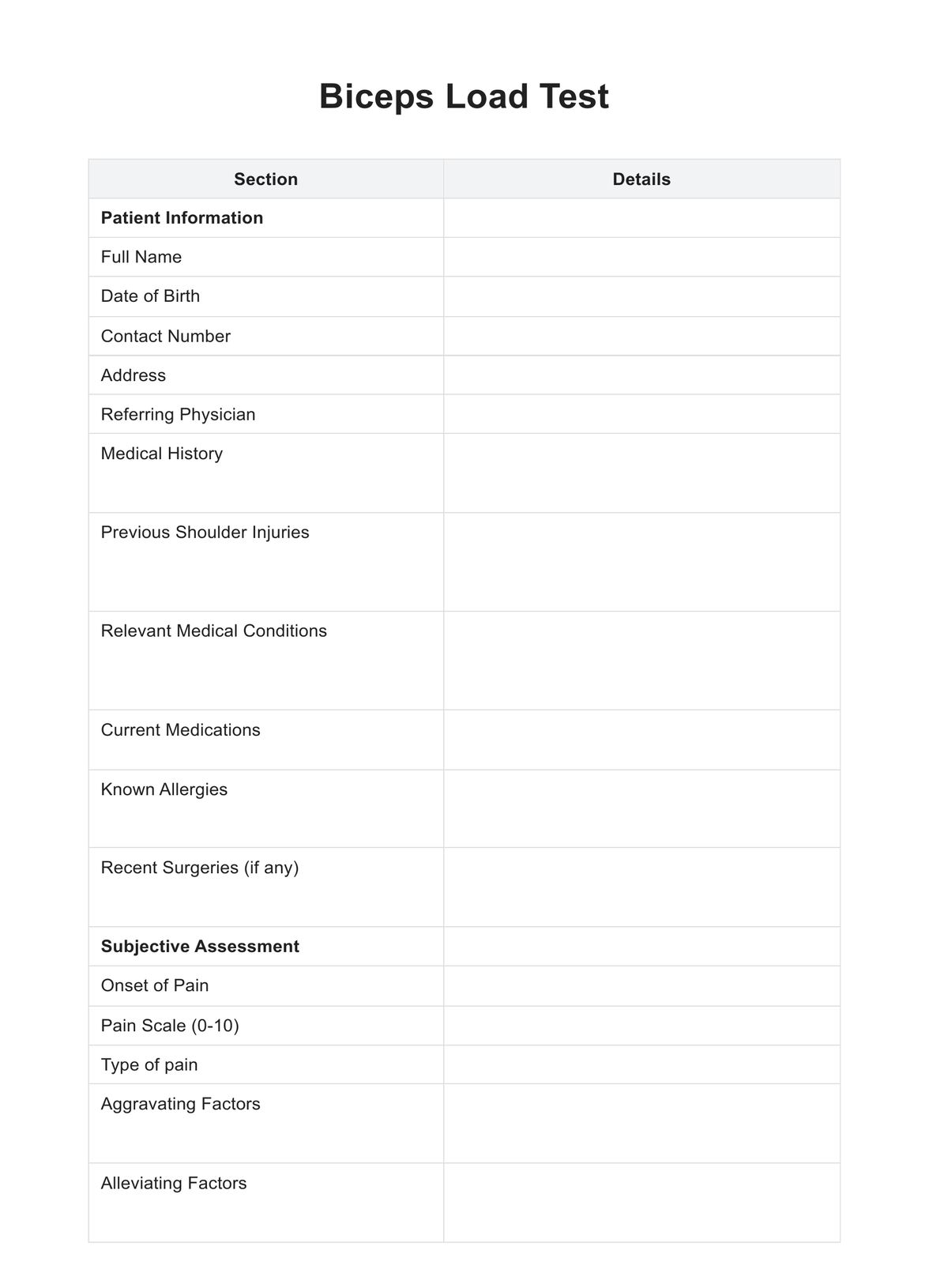












-template.jpg)


























































































